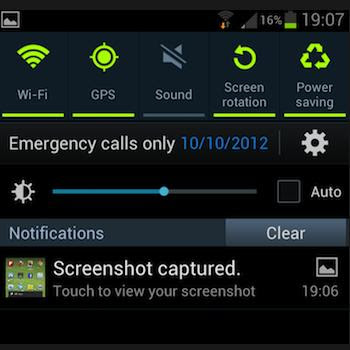In this post you will find how to Android devices easily using the one click rooting tool Eroot.
*Eroot* is a free android root tool which is developed by China root team. It is a new tool and become the World’s Strongest Root Tool. Currently the Eroot supports Samsung, Motorola, Huawei, SONY, HTC’s most models, the total number of models have more than 200 models.
Disclaimer: The intention and act of trying to gain root access on your android device is solely your responsibility as I will not be held responsible if anything goes wrong during this process. I have personally tried this process and it worked for me, I hope it works for you too.

NOTE:> If eroot do not show your device name, then it means your device drivers i.e. adb drivers are not installed on your pc. Download drivers and try again.
5. Click on Button Root and wait until the 4 options gets green check mark like the below screenshot.
6. Here

7.That’s it, now you have Rooted your Android Device. Make sure to look at the Superuser app on your menu.
Thank you for reading. In case you have any difficulties, please do let me know by comments and I’ll help you to solve the issues.
*Eroot* is a free android root tool which is developed by China root team. It is a new tool and become the World’s Strongest Root Tool. Currently the Eroot supports Samsung, Motorola, Huawei, SONY, HTC’s most models, the total number of models have more than 200 models.
Disclaimer: The intention and act of trying to gain root access on your android device is solely your responsibility as I will not be held responsible if anything goes wrong during this process. I have personally tried this process and it worked for me, I hope it works for you too.
Downloads and Prerequisites:
- I request you to take a full backup of all the important stuff that you’ve got on your device. Although, rooting won’t wipe or delete anything from internal or external memory, I would like you to be on a safer side.
- Please charge your device up to 75% or above.
- Download Eroot one click rooting Tool. here's the link http://www.4shared.com/rar/DC5K6INX/eroot.html
- Download and Install your device pc suite (eg for sony-> download Sony pc companion and for Samsung-> download Samsung pc suite.) (The purpose of downloading pc suites is to install the USB drivers(adb drivers) of android device.) If these drivers don't get installed, phone would not be detected by Eroot.
- Enable USB debugging. Go into the settings > applications > developer options and check the box for USB Debugging.
- Extract the file Eroot.rar on your desktop and double-click and run the application Eroot.exe
- Connect your Android device to your PC and wait until Eroot authorizes it. Below is a sample screenshot.
- Here

NOTE:> If eroot do not show your device name, then it means your device drivers i.e. adb drivers are not installed on your pc. Download drivers and try again.
5. Click on Button Root and wait until the 4 options gets green check mark like the below screenshot.
6. Here

7.That’s it, now you have Rooted your Android Device. Make sure to look at the Superuser app on your menu.
Thank you for reading. In case you have any difficulties, please do let me know by comments and I’ll help you to solve the issues.





























